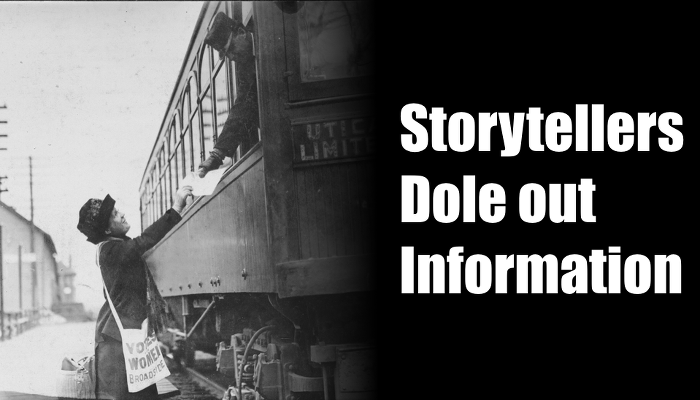
Many years ago, I was working on a graphical computer program in a college computer lab. Unfortunately, the code kept crashing and I couldn’t figure out what was wrong. I must have reviewed my work a dozen times, but for the life of me, I just couldn’t find the error. So I called my professor over.
“Can you take a look at this code for me?”
It took my socially awkward professor less than a millisecond to see the problem.
“You spelled DIMENSION wrong,” he said sarcastically, identifying my careless use of a T instead of an S. He then punctuated his lesson with a geeky attempt at humor. “DIMENTION is for dee-men-ted people.”
I tell this little story to illustrate the concept of Who Knows What (StoryHow PitchDeck Card #42)
Characters in a story, like people in life, choose actions based on their situations. In my case, I wanted my computer program to run, but didn’t have the information required to complete my goal. So, I asked my teacher for help. My teacher wanted to teach me a lesson to be careful, and he did so–in a memorable (yet brutal) way.
But, Who Knows What runs deeper than what the characters know. It’s the storyteller’s responsibility to determine Who Knows What. Storytellers make premeditated decisions on what the audience knows. Since I chose to tell this story through a first person point of view, you couldn’t get the information until my character did when the professor noted the spelling error.
Think about the next story that you want to tell. Each character and the audience possesses certain information. How will you as the storyteller dole it out?
Photo Credit: F.E. Redmond, Post-Standard, Syracuse, N.Y. Emily Pierson Handing out Leaflets in New York State Suffrage Campaign, ca. 1915. New York United States, 1915. Photograph. Retrieved from the Library of Congress, https://www.loc.gov/item/mnwp000284/.